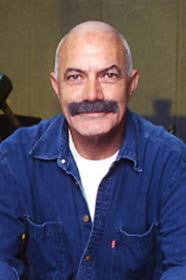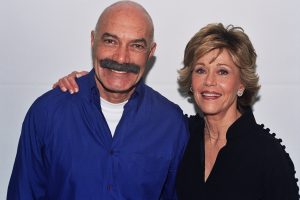Riding high on the artistic and commercial success of Pearl S. Buck’s previous screen adaptation, “The Good Earth,” which was nominated for the Best Picture Oscar, MGM decided to adapt another of Buck’s novels. Hepburn plays Jade, a strong-willed, spirited peasant, living in a rigid and conservative society that has no placeor valuefor women of her kind.
It was made during the height of WWII, and MGM, like all other Hollywood studios, consented to the government’s request to make propagandistic films that would praise the Chinese (the allies) and condemn the Japanese (then enemy). Those political coalitions would shift completely in the 1950s and 1960s.
The casting is all-wrong. The film’s other Asians are played by all-American Walter Huston (John’s father and Anjelica’s grandfather), Russian-American Akim Tamiroff, as well as vets Agnes Moorehead, Henry Travers and J. Carrol Naish.
To add salt to injury, the few Chinese actors in the picture play Japanese roles; MGM’s excuse was that there were no Japanese actors around (caused by the scandalous internment camps).
Fake sets and ludicrous costumes only magnify the shortcomings in the direction of Jack Conway, an MGM craftsman that seldom made a good picture.
Ironically, Alice MacMahon received a Supporting Actress Oscar nomination for playing Jade’s tradition-oriented and disapproving mother-in-law. If you want to see a fun MacMahon picture, rent Warner musical “The Gold Diggers of 1933.
End notes
In my interviews with the great Katharine Hepburn, for my biographies of directors George Cukor and Vincente Minnelli, she refused to talk about “Dragon Seed,” simply saying it was “an assignment and product of its time.”
Oscar Nominations: 2
Supporting Actress: Alice MacMahon
Cinematography (b/w): Sidney Wagner
Oscar Awards: None
Oscar Context
In 1944, the grand dame of Broadway and Hollywood Ethel Barrymore won the Supporting Actress Oscar for the soupy melodrama, “None but the Lonely Heart,” starring Cary Grant. Ace lenser Joseph LaShelle deservedly won the b/w cinematography for Otto Preminger’s superlative noir crimer, “Laura,” one of the best pictures of that year.










